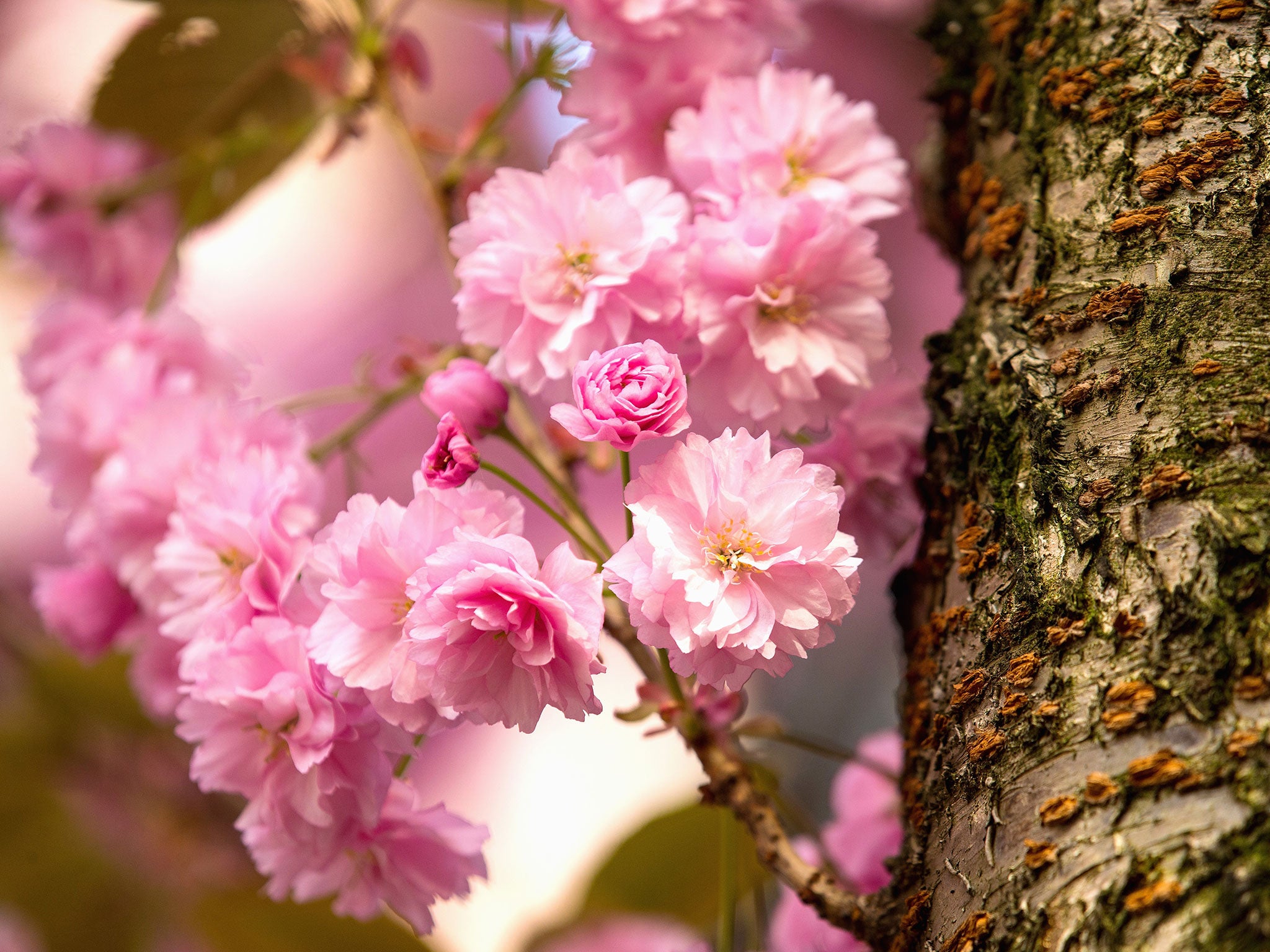The tree that can bear 40 different types of fruit is entering harvest season
Cherries and nectarines are among the produce which grows on the tree

Your support helps us to tell the story
From reproductive rights to climate change to Big Tech, The Independent is on the ground when the story is developing. Whether it's investigating the financials of Elon Musk's pro-Trump PAC or producing our latest documentary, 'The A Word', which shines a light on the American women fighting for reproductive rights, we know how important it is to parse out the facts from the messaging.
At such a critical moment in US history, we need reporters on the ground. Your donation allows us to keep sending journalists to speak to both sides of the story.
The Independent is trusted by Americans across the entire political spectrum. And unlike many other quality news outlets, we choose not to lock Americans out of our reporting and analysis with paywalls. We believe quality journalism should be available to everyone, paid for by those who can afford it.
Your support makes all the difference.As if plucked from the pages of a fantastical children’s book, sixteen trees especially cultivated by an artist in the US will soon be heaving with forty different types of fruit as they enter their harvest season.
Peaches, plums, apricots, nectarines, cherries and almonds begin ripening on the Tree of 40 Fruit in July.
To create the plants, New York-based artist Sam van Aken painstakingly collected heirloom stone fruits - which are not commercially available - and fused them onto a single tree using a technique called grafting.
By noting down when each fruit blossomed, he was able to “sculpt” the tree.
The result is trees awash with flowers in hues of pink, crimson and white when in blossom, and weighed down by a multitude of stone fruits by autumn.
Van Aken explains on his website that he chose to stop at 40 because it is a symbol of “the infinite, a bounty that is beyond calculation” in western culture.
However, the trees also have a scientific use, he says, with “far-reaching implications for genetic engineering [and] biodiversity versus food monoculture”.
The trees currently stand in locations including Newton, Massachusetts; Pound Ridge, New York; Short Hills, New Jersey; Bentonville, Arkansas; and San Jose, California.
“The idea came from a fascination with the process of grafting. When I’d seen it done as a child it was Dr Seus and Fraknestein and just about everything fantastic,” he told National Geographic.
Join our commenting forum
Join thought-provoking conversations, follow other Independent readers and see their replies
Comments